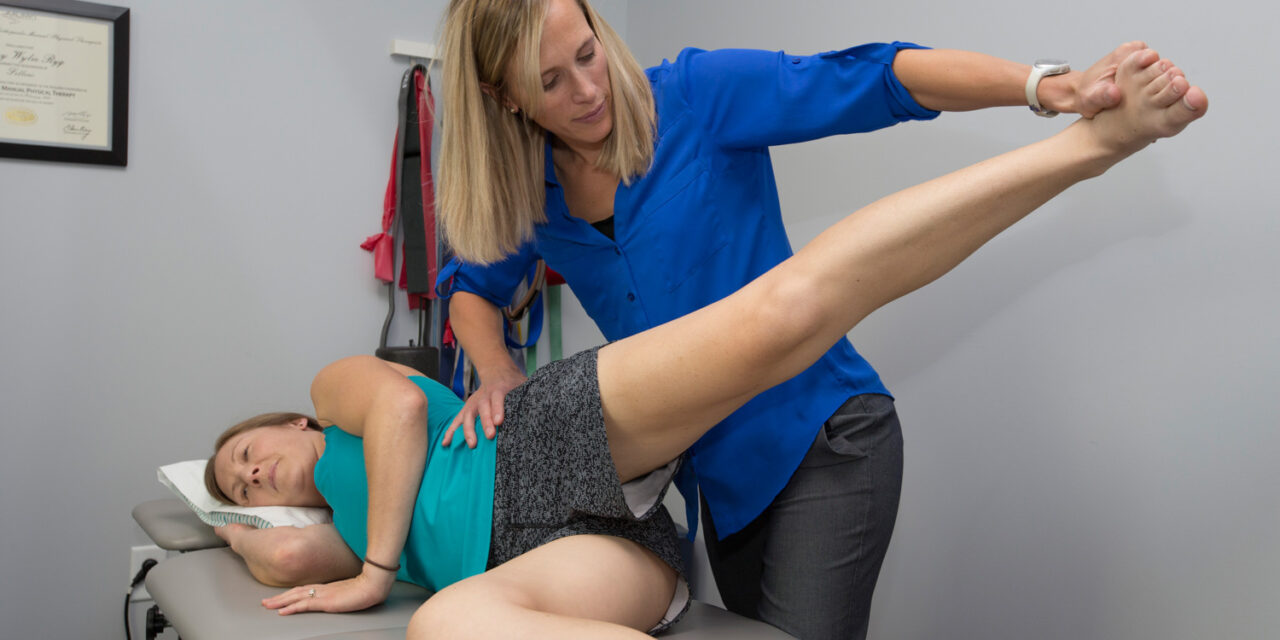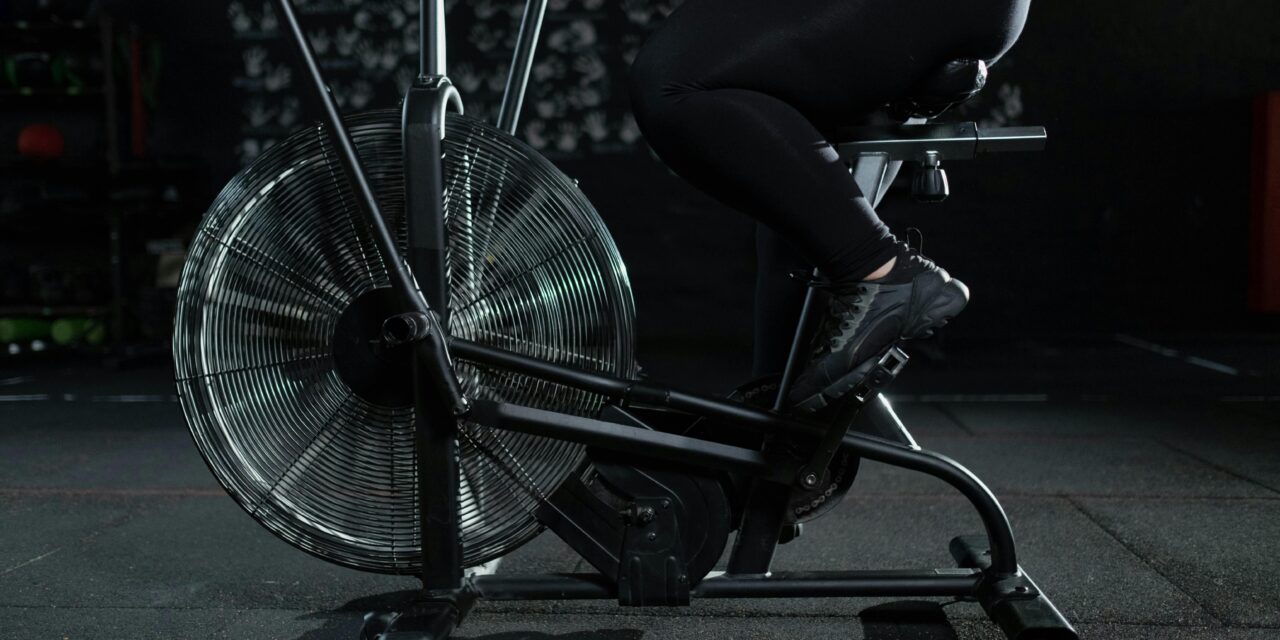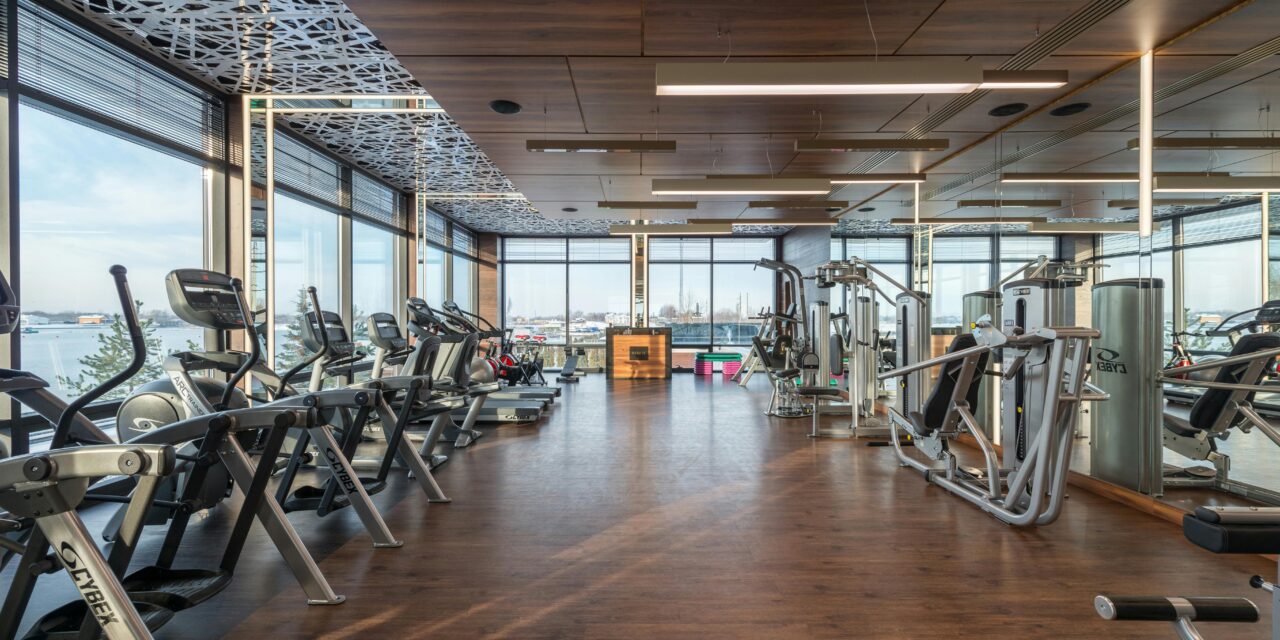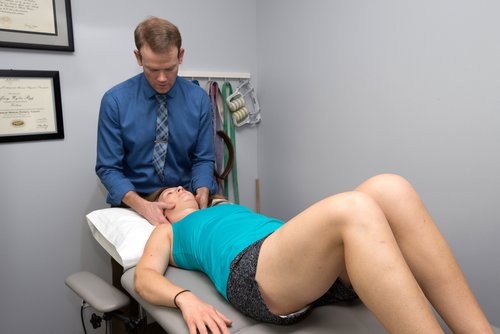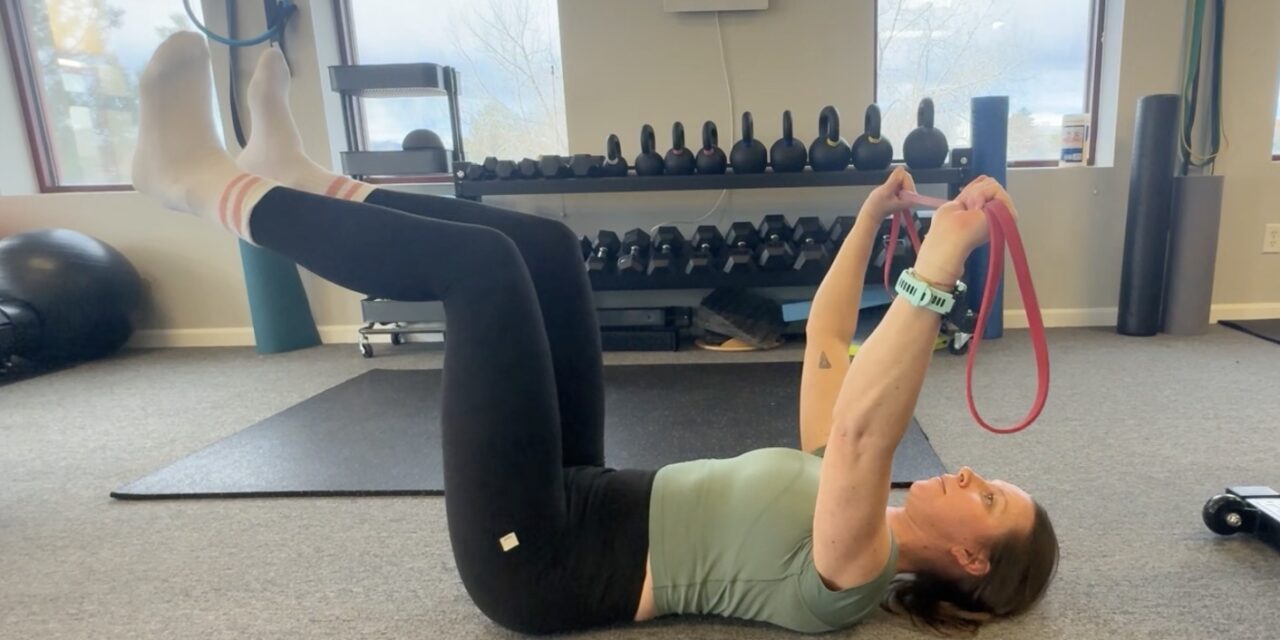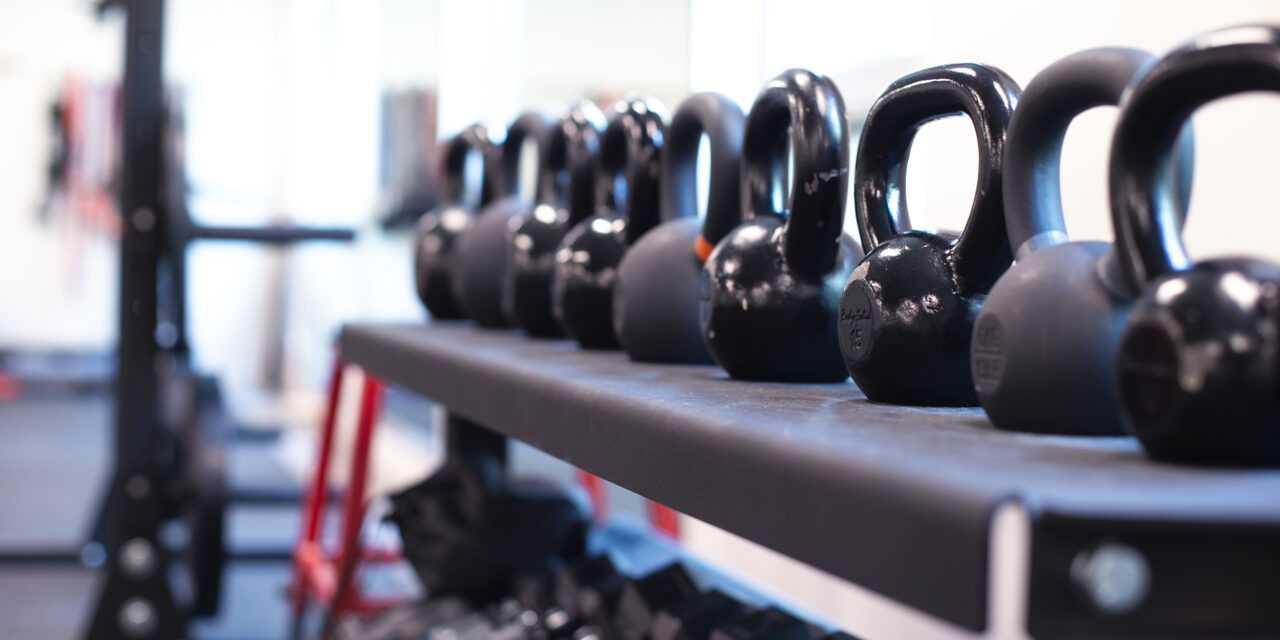The Power Of The Spanish Squat For Knee Pain
By: Ian Nay, PT, DPT, OCS If you’re struggling with knee pain—especially related to issues like patellar tendinopathy (jumper’s knee), patellofemoral pain syndrome, or general weakness around the joint—the Spanish Squat might be a game-changer for your rehab routine. Unlike traditional squats, the Spanish Squat uses a resistance band looped behind the knees and anchored...


